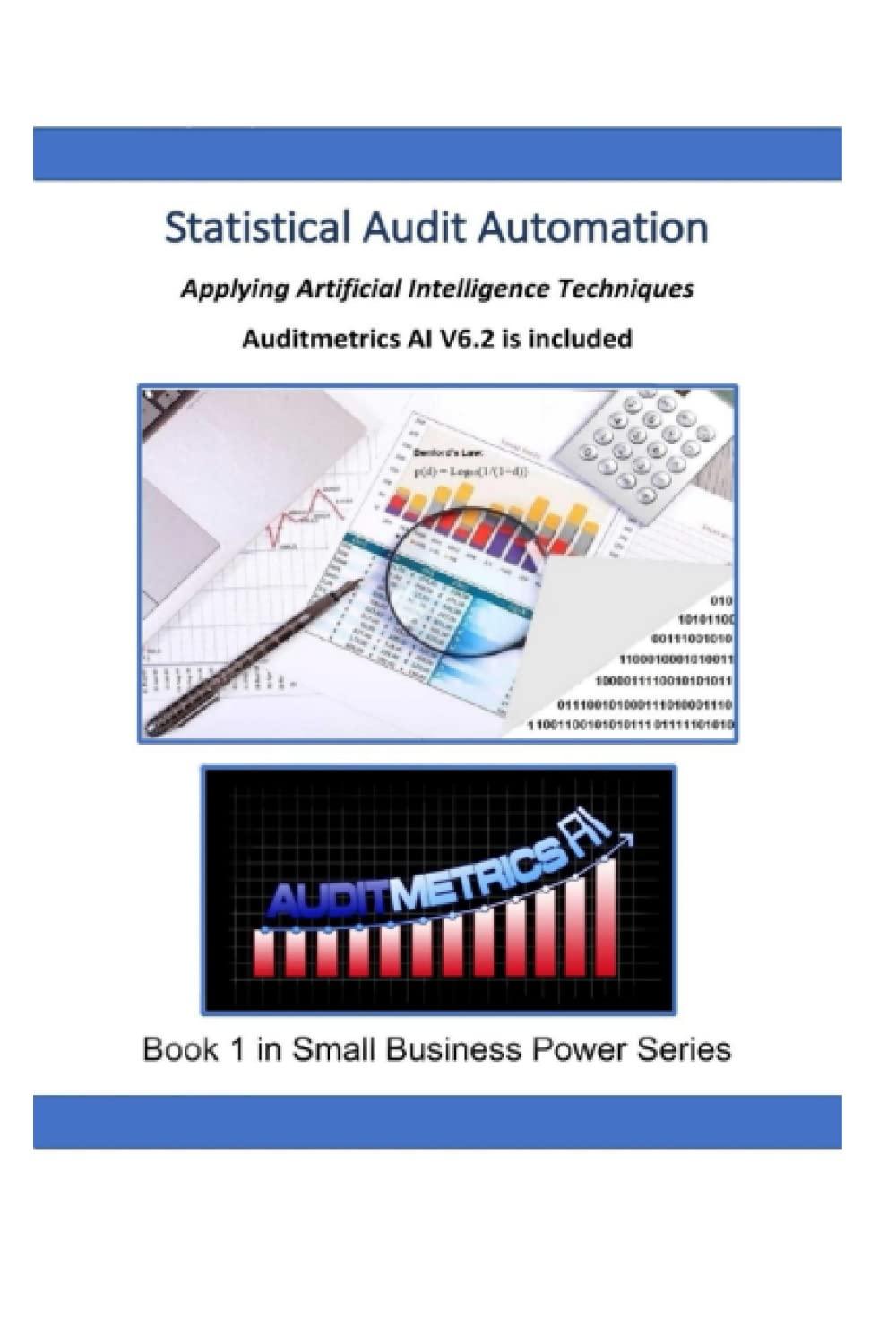Question
An Italian company is considering expanding the sales of its cappuccino machines to the U.S. market. As a result, the idea of setting up a
An Italian company is considering expanding the sales of its cappuccino machines to the U.S. market. As a result, the idea of setting up a manufacturing facility in the U.S. should be explored. The company estimates the initial demand in the U.S. will bring in an annual operating profit of $2,500,000, which is expected to keep track with the U.S. price level. The new facility will free up the amount currently exported to the U.S. market. The company presently realizes an annual operating profit of 1,000,000 on its U.S. export.
The manufacturing facility is expected to cost $24 million. The company plans to finance the project with a combination of debt and equity capital. The new project will increase the companys borrowing capacity by 10 million, and the company plans to borrow only that amount. The city in which the facility will be built has promised to provide a 5-year interest only loan of $7.5 million at 6% per annum (note: principal will be paid back in a lump sum at the end of year 5).
The U.S. IRS will allow the company to straight-line depreciate the new facility over a 5-year period. After that time, the company plans to sell all molding equipment (accounts for 55% of the projects cost). Although it is difficult to estimate the salvage value, the company is confident that the after-tax salvage value will be at least 25% of the original book value.
Corporate tax rates in the U.S. and Italy are the same as 35%. The long-term inflation rate is expected to be 3% in the U.S. and 5% in Italy. The current spot exchange rate is $1.5/. The Italian company explicitly believes in PPP as the best means to forecast future exchange rate.
The companys U.S. sales affiliate currently holds $1.5 million ready for repatriation back to Italy. The money was accumulated under a special tax concession rate of 25%. If the fund were repatriated, additional tax will be due.
The company estimates its weighted average cost of capital to be 11%, and all-equity cost of capital to be 15%. It can borrow dollars at 9% per annum and Euros at 10%.
- What is the amount and the cost of debt used to finance the U.S. manufacturing facility?
- Why is the APV model better than NPV model for capital budgeting analysis?
- Specify the discount rate you would use for the calculation of the (1) present value of after tax operating cash flows; (2) PV of depreciation tax shield; ( PV of terminal cash flows. Explain why.
- Illustrate how to calculate the PV of after tax operating cash flows in APV analysis (use the first two years in your illustration).
- Calculate the PV of interest tax shield from non-concessionary loan.
- Calculate the amount of funds that will be freed up by the new project.
- Calculate the subsidy provided by the host city.
- Assume the preliminary estimate of the 5-year projects APV is -1,000,000 (negative 1,000,000). Which does not included the after tax salvage value of the equipment. Calculate the break even after tax salvage value. Do you recommend the project to the Italian company? Explain.
- Now assume the concessionary loan offered by the host city increases to $20 million. How much of the interest payment should be used to calculate interest tax shield? Explain.
Please Complete ALL Parts!!!
Step by Step Solution
There are 3 Steps involved in it
Step: 1

Get Instant Access to Expert-Tailored Solutions
See step-by-step solutions with expert insights and AI powered tools for academic success
Step: 2

Step: 3

Ace Your Homework with AI
Get the answers you need in no time with our AI-driven, step-by-step assistance
Get Started


